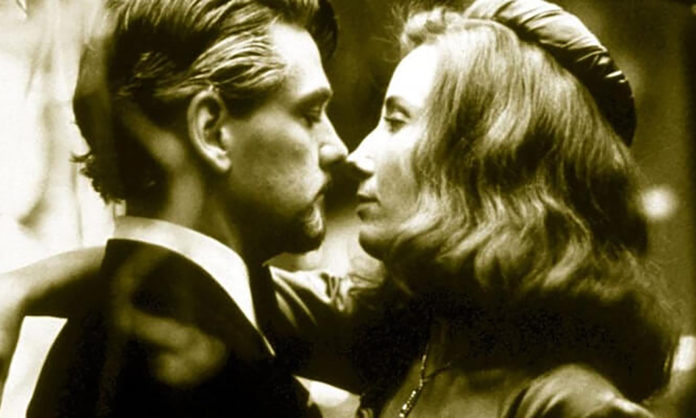In a guest post on the A Writer of History blog, Mary Burns shares her process and advice for writing mysteries with dual timelines.
In her mystery series featuring real-life artist John Singer Sargent and writer Violet Paget, Burns always starts with the characters’ timeline first, where the initial murder will happen. “This doesn’t mean you can’t also have a murder in the past time, but obviously your amateur sleuth is the one to focus on, with his/her current murder to solve,” Burns explains. “But of course, something about the murder or its circumstances has to lead them back, eventually, to whatever you have cooking on the past time burner.”
However, while constructing the plot, Burns often finds the past time story first, and then figures out how to tie it into the characters’ present day. “For your current time murder and clue, the ‘diary found in the attic’ motif is getting pretty stale, so be inventive—a music score, a saint’s relic, a miniature portrait in a cameo, a bottle of vintage wine spilled,” she adds.
Burns also suggests limiting the passage of time in your current timeline to concentrate the action and heighten tension. This also means your present-day murder will get solved rather quickly. The past time segments have more flexibility. Your past (as yet unsolved) murder can play out over months, years, or even decades, giving you the freedom to skips generous amounts of time and focus on the story.
Multiple timelines also requires multiple narrators or POVs. Burns tells her present-day story through the first-person POV of Violet Paget, and uses close third person for scenes set in the past. Writing alternating chapters can be tricky, and Burns suggests ending each with a question, surprise, or some hook to keep the reader going.












